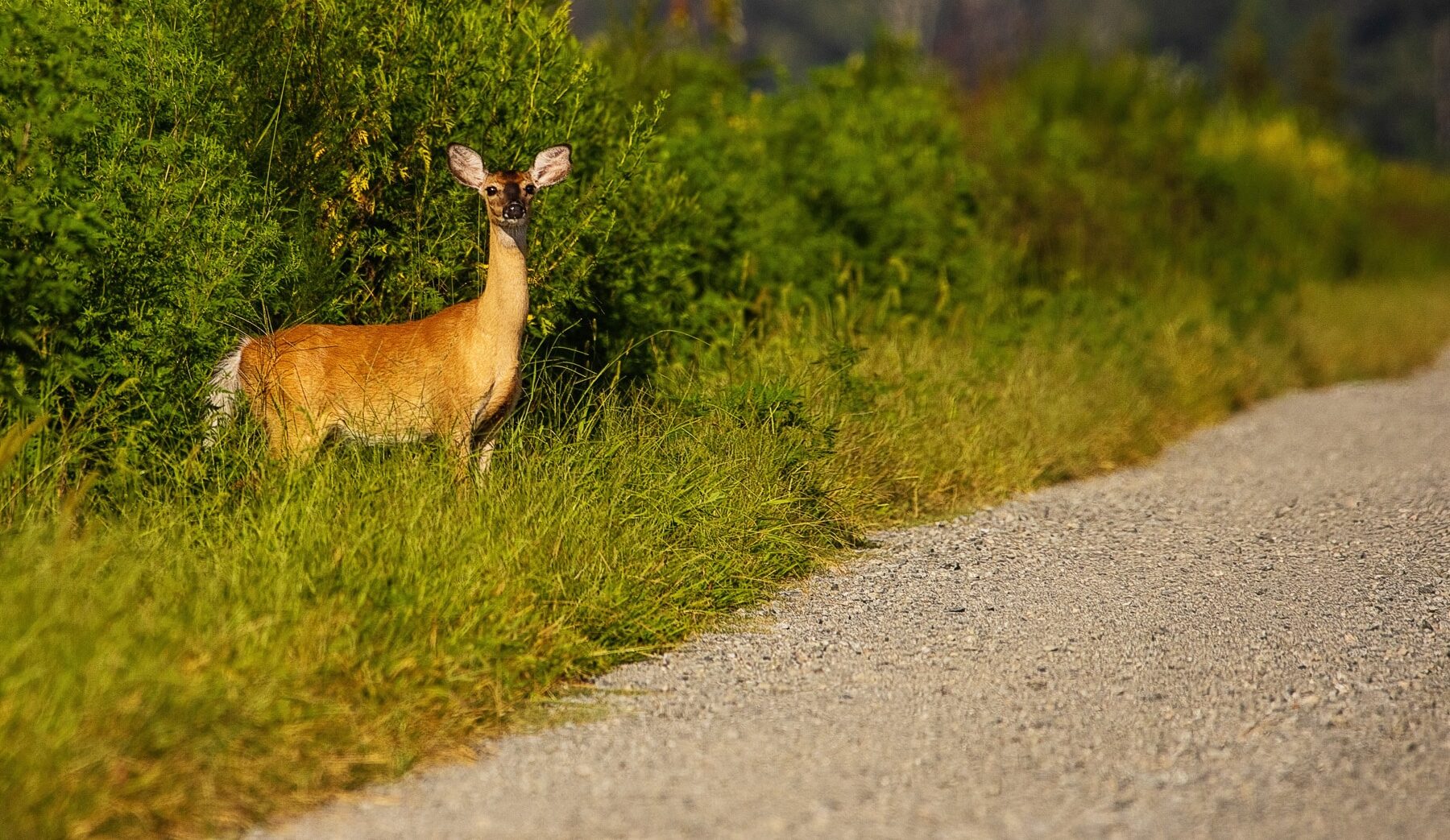
Virginia Driver Safety: 5 Wildlife Species to Watch Out for on the Roads this Summer
As the warmth of early summer spreads across our state, it brings not only lush greenery but also a significant increase in wildlife activity. For drivers traveling along Virginia’s roads, this means it is even more important to be on the lookout for unexpected encounters with various animal species.
5 Wildlife Species on the Roads
Whether cruising along the Blue Ridge Parkway or navigating Richmond’s city blocks, here are five wildlife species to keep an eye out for during your travels this summer season:
- White-Tailed Deer: Virginia’s picturesque landscapes are home to a thriving population of white-tailed deer. These graceful creatures have been known to dart across roads suddenly, particularly around dawn and dusk. With mating season in full swing during the early summer months, deer activity peaks, thus increasing the likelihood of encountering them on roads. Drivers should remain cautious, especially in rural areas and near wooded habitats where deer are most abundant.
- Black Bears: While encounters with black bears are less common, they are not unheard of, especially in forested regions like Shenandoah National Park. Black bears may roam near roads in search of food, particularly during the early morning or late evening hours. Keeping a lookout for these majestic creatures will keep both you and them safe!
- Wild Turkeys: Wild turkeys thrive in rural areas across Virginia and are commonly seen gathered along roadsides, particularly in agricultural areas. They can be surprisingly large and may fly or walk across roads unexpectedly. Be sure to exercise caution, especially in rural areas where turkey populations thrive.
- Raccoons and Opossums: Nocturnal creatures such as raccoons and opossums are frequently seen foraging for food alongside roads during the night. Their small size and dark fur can make them difficult to spot, thus increasing the risk of collisions, particularly in suburban and urban areas. Drivers should remain alert, especially during the early evening hours and late at night when these critters are most active.
- Birds: Virginia is home to a wide variety of birds, from Great blue herons to screech owls to Canada geese. These birds can pose hazards to drivers, especially near bodies of water or wetlands where they congregate. Keep an eye out for birds flying near roads or walking across, particularly during migratory seasons.
In conclusion, while Virginia’s roads provide us with scenic vistas of beautiful landscapes, they also require us to practice vigilance and respect for the wildlife that call this state home. Always stay attentive while driving, especially during dawn and dusk when many animals are most active. Watch for road signs indicating wildlife crossing areas and be prepared to slow down or stop if you encounter any animals on the road. By staying aware of these five animal species and adopting safe driving practices, we can all navigate Virginia’s roads with confidence and help protect our wildlife. Safe travels!
Featured Photo by Lori A Cash: White-tailed deer (Odocoileus virginianus) doe standing and looking around on a summer morning along the gravel road on the wildlife drive of the Great Dismal Swamp National Wildlife Refuge in Suffolk, Virginia.